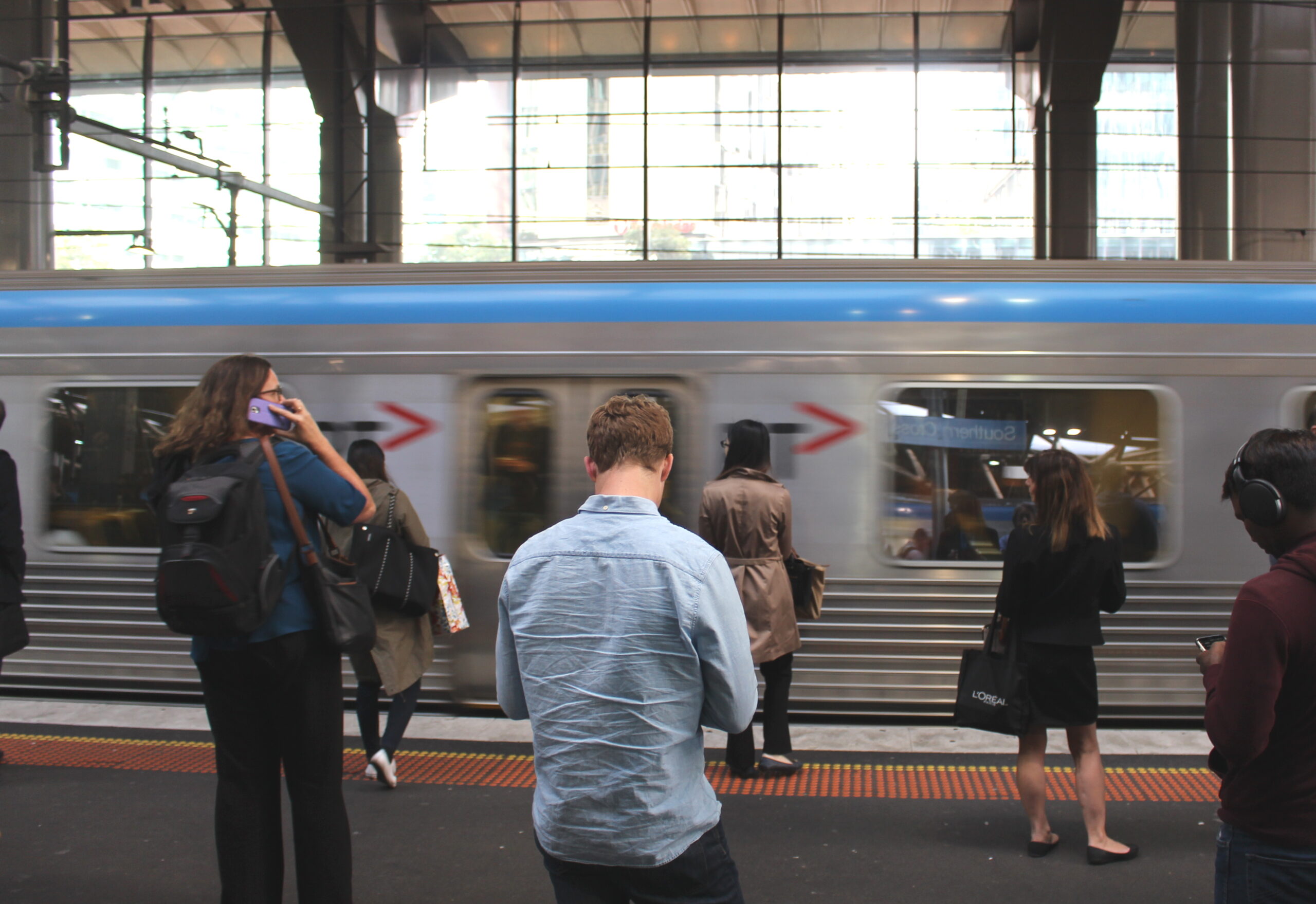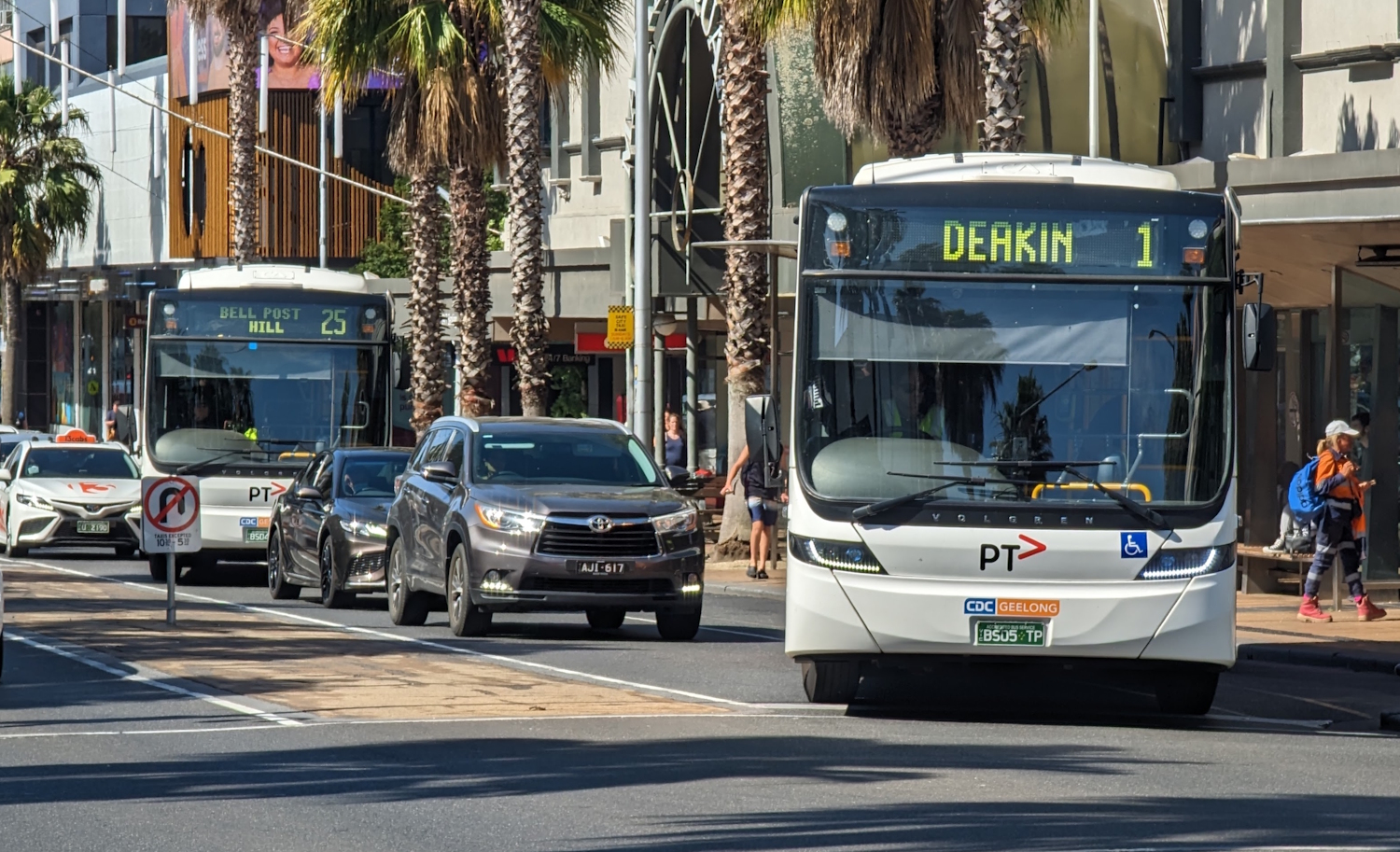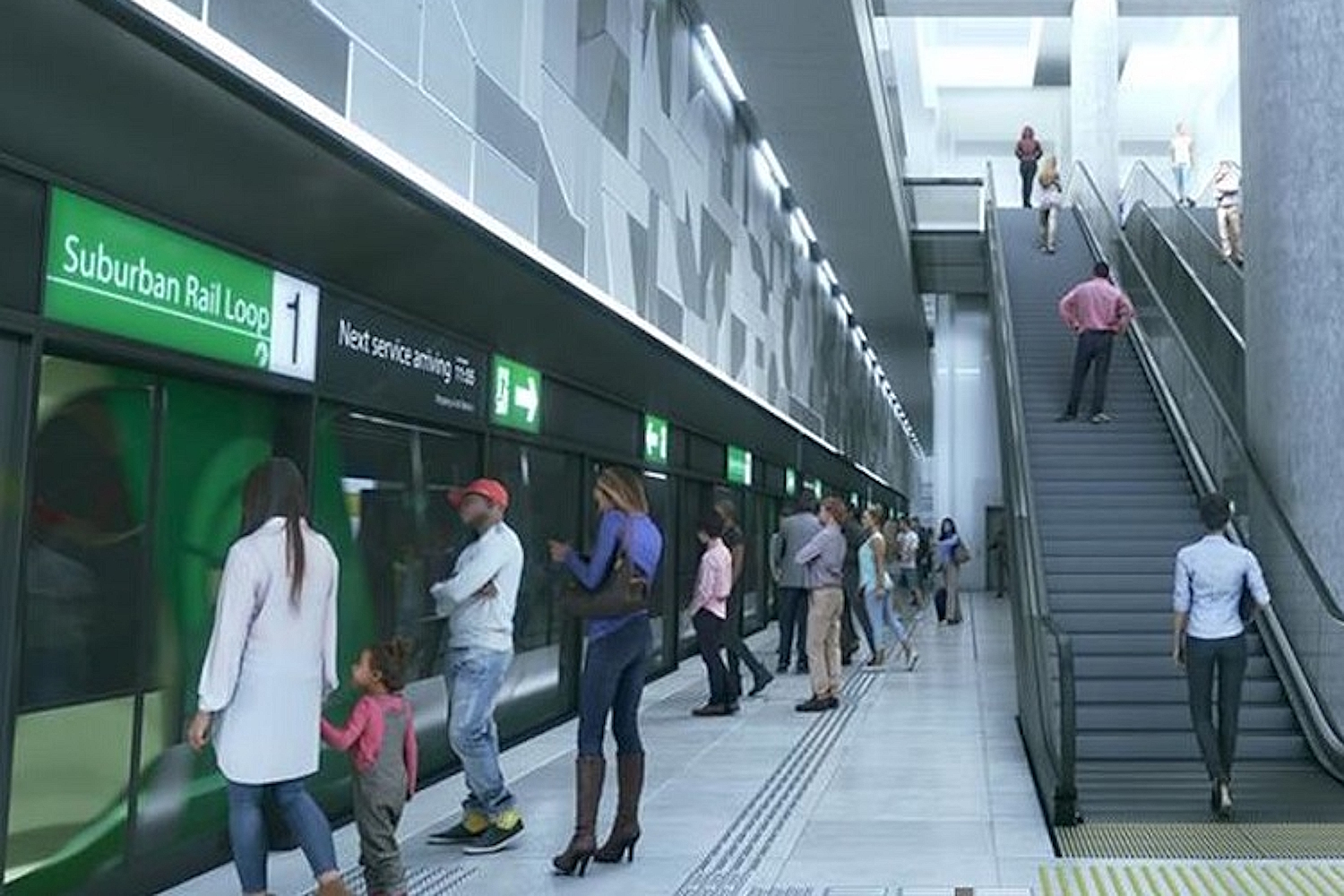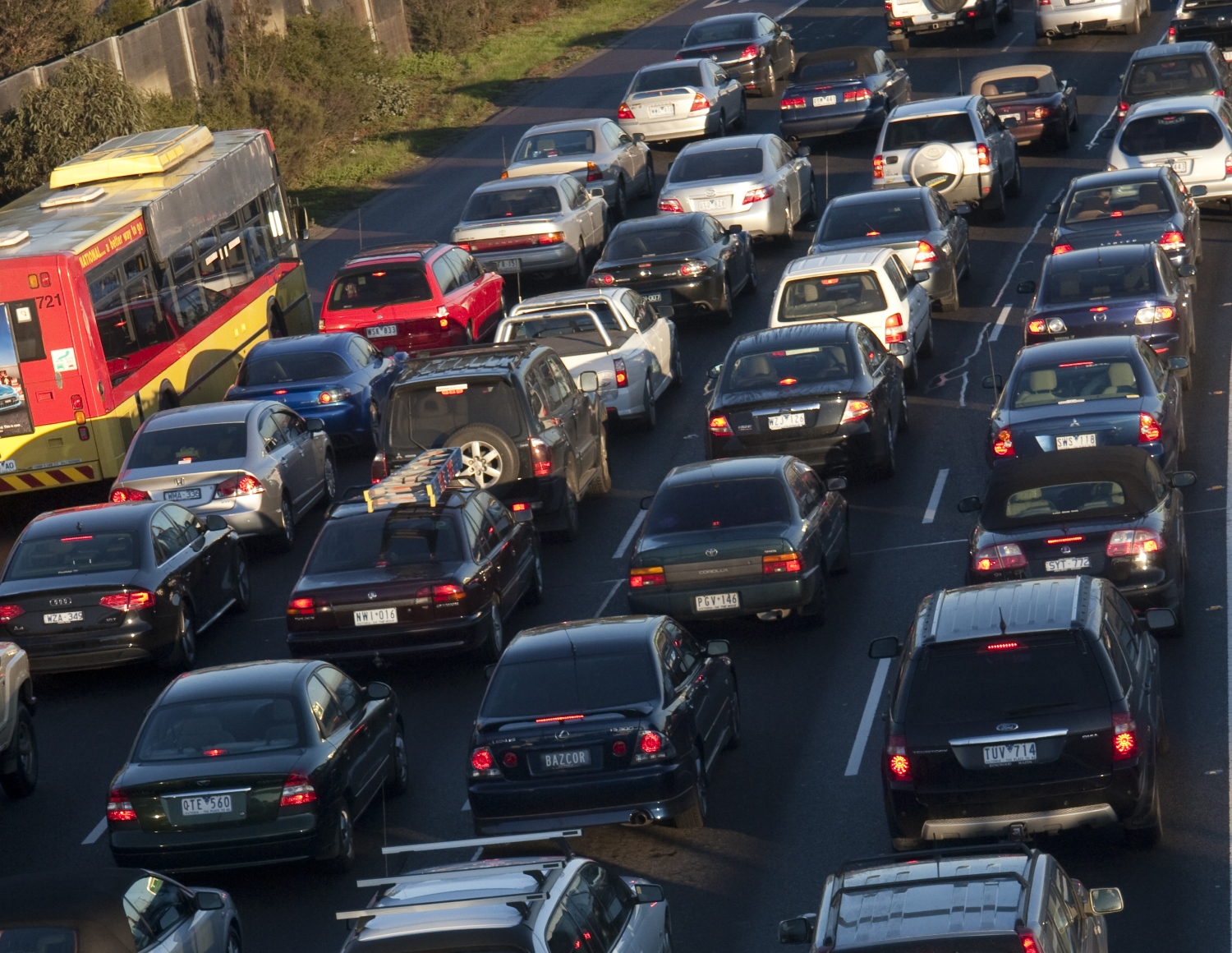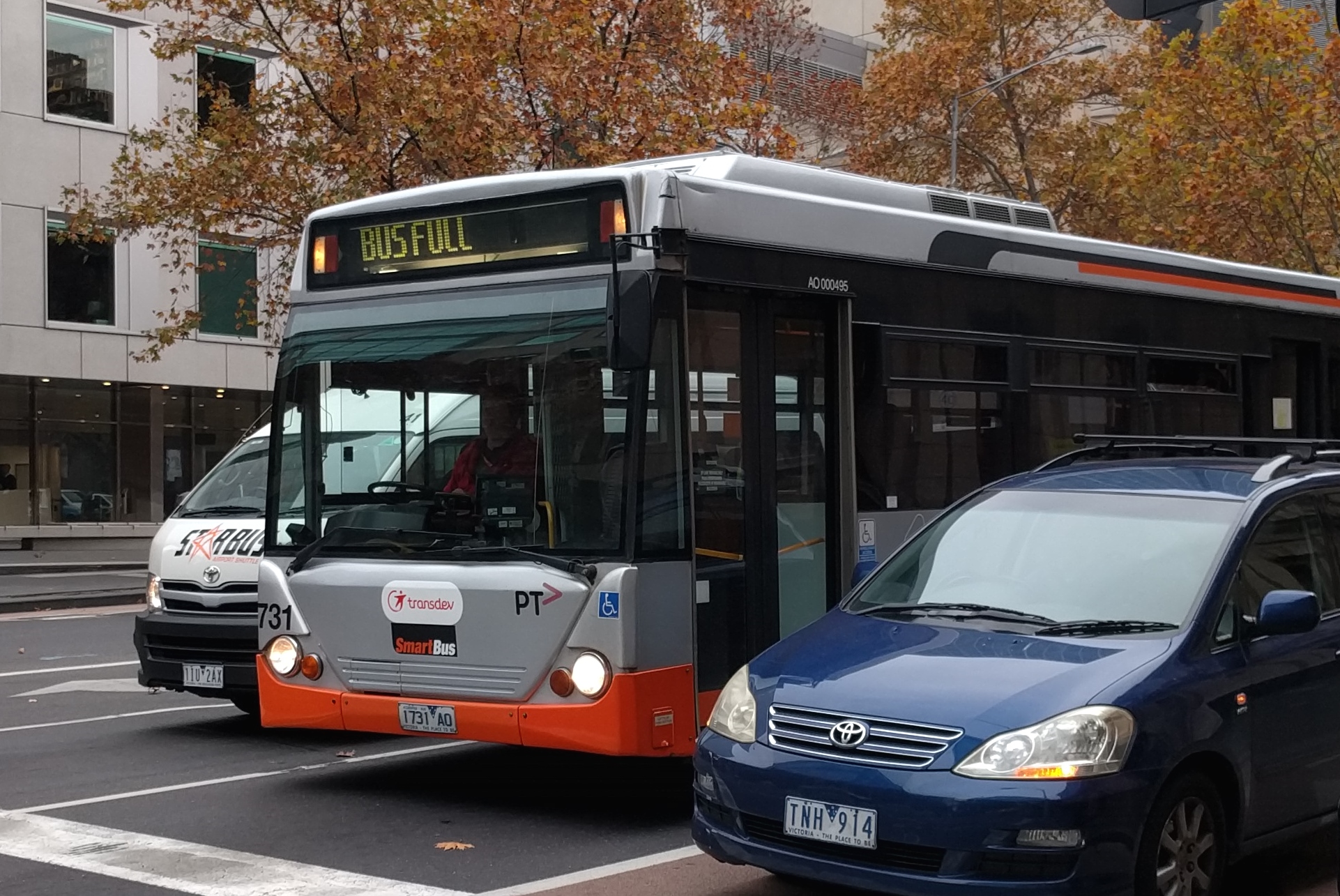Category: Letters to the editor
-
Short-term thinking – Geelong Advertiser
Funding further duplication of the Barwon Heads Road is a sad example of short-term thinking regarding transport planning in Greater Geelong. Politicians are keen to finance road expansion, rather than investing in an effective solution to our growing congestion problem; public transport. Additional road space provides only temporary relief before it fills up again, increasing…
-
Letter to The Age: Hostility to rail projects
Back in 2008, we were optimistic. It looked like Infrastructure Australia might break the long-standing hostility to rail projects on the part of state and federal bureaucracies, and their obsession with motorways, despite none ever fulfilling their congestion-busting promises. Unfortunately, it has reverted to form. We can agree the Suburban Rail Link business case lacks…
-
NE Link: Waste of money
When Infrastructure Victoria called the North East Link a “priority road project”, it was because its consultants gave the road a highly favourable initial assessment. The report last year by KPMG, Arup and Jacobs estimated the project (including the Eastern Freeway and M80 widening) would cost between $4.8 and $7.1 billion. The benefits were stated…
-
Remember Doncaster
Northeast has the worst traffic? It should remind planners that the idea for trains to Doncaster Hill springs from a genuine need long recognised by the community.
-
Advice not so neutral
Infrastructure Australia began life as a disinterested adviser. Its board comprised independent experts, economists and planners alongside industry representatives and public-sector managers. But it has subtly morphed into a forum for big business interests to lobby governments from “inside the tent”. Lobbyists and privatisation advocates now dominate the board. Its latest report tries to breathe…
-
Deja vu on road plan
The budget appears set to transfer $1.5 billion of public funds from one big road with no political mandate or business case to another (“East West Link replacement likely …”, 11/5). If the government had any consideration for the Victorian public, this money would revert to its original 2013 purpose, helping fund the project that…
-
Co-ordination key – letter to the editor
MELISSA Fyfe (”It’s time to help commuters make their connection”, 3/10) points out the basic weakness afflicting Melbourne public transport: the lack of an independent, publicly accountable authority to co-ordinate trains, trams and buses. Groups as diverse as the Greens, privatisation experts and former train and tram operators support a lean, expert body to plan…
-
Freeways so 1950s
CRAIG Langdon has kept his promise to voters to resign if a freeway through Heidelberg became Victorian Labor policy (”Freeway dissenter urges referendum”, The Age, 26/8). But how awkward that he’s left it until three months before the election rather than standing down in 2008 when plans were announced.
-
Full link not viable
THE RACV wants us to believe that while WestLink may not be economically viable on its own, the full east-west freeway link would be (”Freeway not worth the cost: report”, The Age, 21/5). But it is not so: the Eddington study in 2008 found that the full East-West freeway had a benefit-cost ratio of just…
-
Influencing travel habits
Our letter as published in today’s Age was edited, which has subtly changed the intent. Below is the original letter as submitted: Peter Fisher and Len Puglisi (Opinion, 18/3) are correct that density is not a panacea for car dependence. Los Angeles is a denser city than Melbourne but hardly rates on the sustainable transport…
-
Limit to peak hour commuter numbers
Despite the understandable concerns of peak hour train commuters, Metro Trains should be commended for wanting to double train patronage by 2020. It shows there is more capacity to be squeezed out of the network, and smarter timetabling can get more trains on to the tracks. But there will be no doubling of peak hour…
-
Swanston St: Solution is Simple
Mayor Robert Doyle’s ”Damascus” conversion on Swanston Street has led to a good plan. But on design and location of tram stops, it lets the city down badly.
